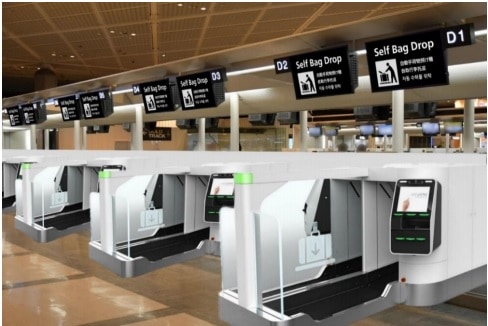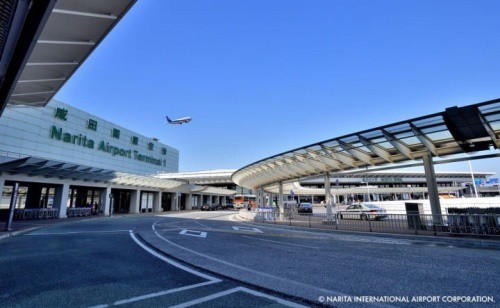In the last 12 months, Japan’s Narita International Airport has been hard at work on its existing project to deploy systems for its “One ID” initiative, which aims to revolutionise the check-in to boarding experience.
One ID uses facial recognition technology, essentially correlating passengers’ facial data with their boarding pass and passport which traditionally have to be presented at various stages of the check-in and boarding process. By taking passengers’ facial data, they will no longer be asked for these two documents as presently required across the end-to-end passenger experience.
The initiative will relieve departing passengers from repetitive processes to board a flight and Narita Airport anticipates benefits in less queuing. Moreover, the advanced facial recognition system, it is expected to improve the passenger authentication accuracy and enable improvements in aviation and airport infrastructure security. One ID will also improve staff productivity by reducing time spent on manual ID checks.
The system requires a facial photo of a passenger to be registered when they initially check-in at an airport service desk or self-service kiosk at Narita Airport. From there, the passenger is able to move more rapidly through the airport, including screening, baggage storage and the boarding gate without having to show a boarding pass or passport. Biometric scanners at each phase of the travel process are able to confirm the individual’s identity, helping to improve traffic flow through the airport and the overall travel experience.
 NEC Corporation has been tapped to help Narita Airport in the One ID project, which extends biometric technology to provide a solution tailored to the growing need for “fast travel” in the airline industry.
NEC Corporation has been tapped to help Narita Airport in the One ID project, which extends biometric technology to provide a solution tailored to the growing need for “fast travel” in the airline industry.
Analysing the types of data collected by solutions such as One ID requires extensive computing power backed by a flexible, scalable infrastructure that can support usage spikes at peak travel times. As such, NEC has chosen Red Hat OpenShift as the foundation for the project. Red Hat OpenShift will provide the massive scale and flexibility required to handle peak passenger volume at Narita.
“Next-generation technologies must be built on a platform that can deliver stable, production-ready innovation. With Red Hat OpenShift, NEC has the enterprise-grade backbone for One ID which can scale as needed to support high traveller traffic and provide tools, services and flexibility to fuel advances in the traveller experience,” said Ashesh Badani, senior vice president, Cloud Platforms, Red Hat.
The industry’s most comprehensive enterprise Kubernetes platform, Red Hat OpenShift, provides NEC with cloud-native architecture as well as operational agility, future-ready developer services and integration with extended hardware and software systems.
“By combining NEC's biometric scanning technology with Red Hat’s OpenShift, we have built an agile and highly scalable platform for the future utilising open, robust and flexible container services. As a result, travellers will be able to proceed quickly at the airport. In the future, we will promote the deployment of this solution at airports in Japan, internationally and throughout a wide variety of industries,” said Toshifumi Yoshizaki, senior vice president, NEC Corporation.
One ID is expected to go live at Narita International Airport's 1st and 2nd passenger terminals in the near future. Following the introduction of One ID at Narita Airport, NEC aims to continue rolling out advanced solutions in cooperation with domestic and international airports throughout the world.



